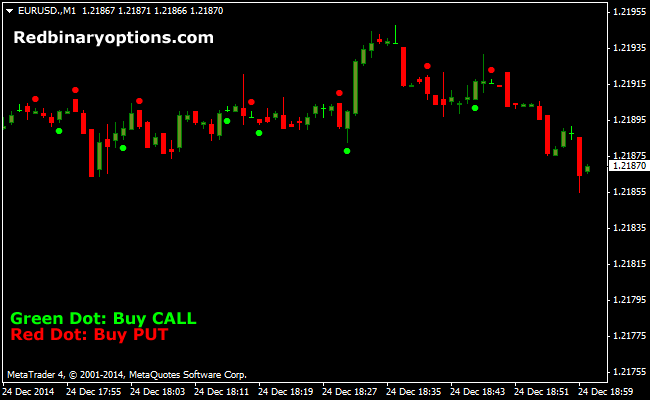Options Trading Indicators
Post on: 10 Сентябрь, 2015 No Comment

Traders Forum
Options Indicators (the Greeks): Delta
Among the Greeks, Delta is the best known and most commonly used options indicator. Delta represents the rate of change of an options fair value with respect to changes in the price of its underlying. It indicates the sensitivity of an options value to small changes in the underlying asset price. Delta is simply a number that measures how much the theoretical value of an option will change if the underlying stock goes up or down by $1. A call option will rise in value if the underlying stock price rises, and drop in value if the stock price falls � this is described by means of a positive Delta. A put option will rise in value if the underlying stock price falls — this is described by means of a negative Delta.
Example 1: If the price of an underlying asset goes up by $1 and the price of an associated call option on that asset goes up by $.50, then that options Delta is 50% or .50. This means that the option moves half as fast as its underlying asset — at current levels.
Example 2: If an option moves identical with its underlying, i.e. on a one-to-one basis, the Delta of the position is 100%, or 1.
- Call Deltas are positive: They range from 0% to 100% (0 to 1). Long calls, short puts, and long stock all have positive Deltas; Put Deltas are negative: They range from � 100% to 0% (-1 to 0). Long puts, short calls, and short stock all have negative Deltas; Deltas will approach 100% (1) if an option is in-the-money at expiration. If an option is out-of-money, delta will approach 0% (0); Delta is close to 0.5 for at-the-money options; Delta approaches 1 (for calls) or -1 (for puts) the further an option is in-the- money; Delta approaches 0 the further an option is out-of-the-money.
At-the-money options have Deltas that are relatively immune to changes in time and volatility. This means that an at-the-money option with 100 days left to expiration and the same at-the-money option with 10 days to expiration will both have Deltas close to 0.5. Deltas are more sensitive to changes in volatility or time to expiration, the more in-the-money or out-of-the money an option becomes. When fewer days remain to expiration, or when volatility decreases, the Deltas of in-the-money calls are pushed closer to 1 (- 1 for puts) whereas the Deltas of out-of-the-money options move closer to 0. We may see a Delta grow to 0.99 with only a few days left to expiration — without a stock moving at all. On the other hand, the same in-the-money option might have a Delta of only 0.8 when about 100 days remain to expiration.
The Delta of an option is largely a function of the price of its underlying relative to its strike price. Deltas change when the stock price of the underlying changes (that is why Gamma is important).
Deltas are of key importance when traders use options as tools to hedge positions � that is why Delta is also known as the �hedge ratio�. The hedge ratio allows a trader to correctly determine a portfolios mix of assets, including options.
For Instant Access,
Sign up Now!
Just one winning trade
could pay for your membership for years to come!














